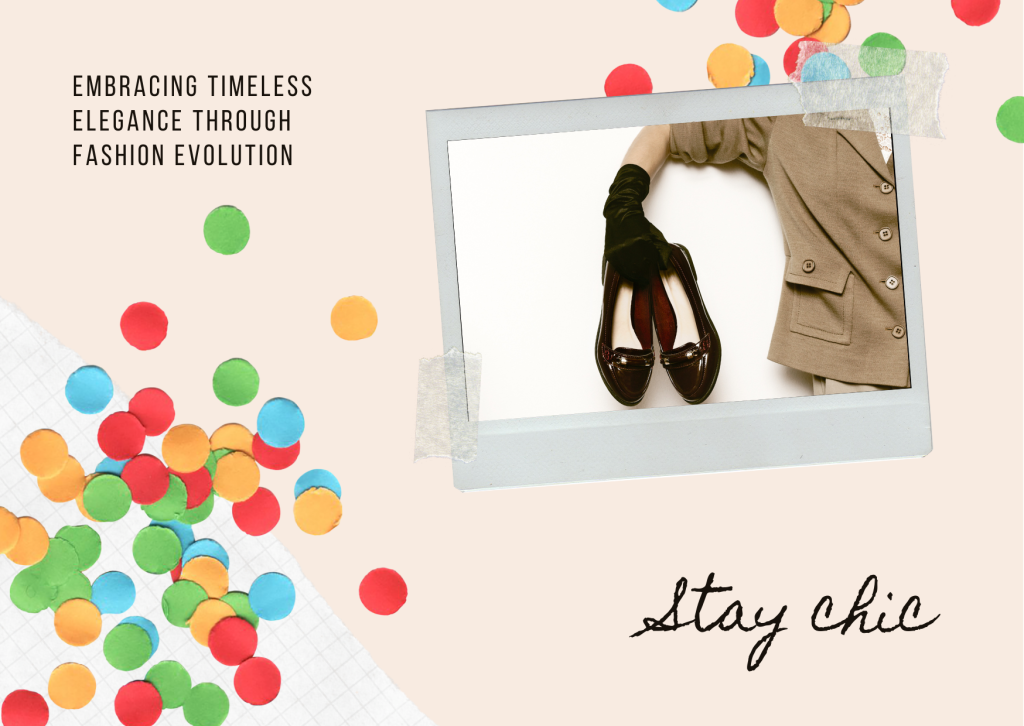Fashion and style have always been central to expressing elegance through the ages. From ancient civilizations to the present day, the evolution of fashion reflects changing cultural ideals, societal norms, and technological innovations. This article explores how elegance in fashion has evolved over different periods of history.
In ancient civilizations such as Greece and Rome, elegance in fashion was characterized by draped garments, flowing silhouettes, and intricate adornments. Tunics, togas, and draped robes signified status and sophistication, with fabrics like silk and linen prized for their luxurious textures and colors.
During the Renaissance in Europe, fashion embraced opulence and refinement. Men and women adorned themselves with elaborate embroidery, intricate lace, and sumptuous fabrics such as velvet and brocade. The silhouette was structured yet graceful, emphasizing the natural curves of the body and showcasing craftsmanship.
The 18th century brought about the era of Rococo fashion, characterized by lavish gowns, voluminous skirts, and ornate detailing. Women’s fashion featured panniers and corsets that exaggerated the waistline, while men’s attire included embroidered waistcoats and silk breeches. Elegance during this period was synonymous with extravagance and aristocratic luxury.
In the 19th century, Victorian fashion favored modesty and refinement, with women’s dresses characterized by high necklines, full skirts, and intricate lace trimmings. The silhouette was hourglass-shaped, achieved through corsets and crinolines, reflecting a society that valued propriety and social decorum.
The 20th century witnessed dramatic shifts in fashion, from the flapper style of the 1920s to the minimalist chic of the 1960s and the avant-garde designs of the 1980s. Each decade brought its own interpretation of elegance, from the Art Deco glamour of the Jazz Age to the sleek lines and monochrome palettes of the mid-century modern era.
Today, contemporary fashion embraces diversity, sustainability, and individual expression. Elegance is no longer defined by rigid standards but rather by personal style, creativity, and a conscious approach to design. Fashion designers explore innovative materials, ethical production methods, and inclusive sizing to create garments that resonate with modern sensibilities while honoring the timeless allure of elegance.
In conclusion, the evolution of fashion reflects broader cultural shifts and societal values, shaping our understanding of elegance across different epochs. By appreciating the historical journey of fashion, we gain insights into how style continues to evolve and redefine elegance in the dynamic landscape of the fashion industry.


